Comparative Analysis of Intocast and Vesuvius Submerged Entry Nozzles (SEN) Using CFD Simulation l Case Study
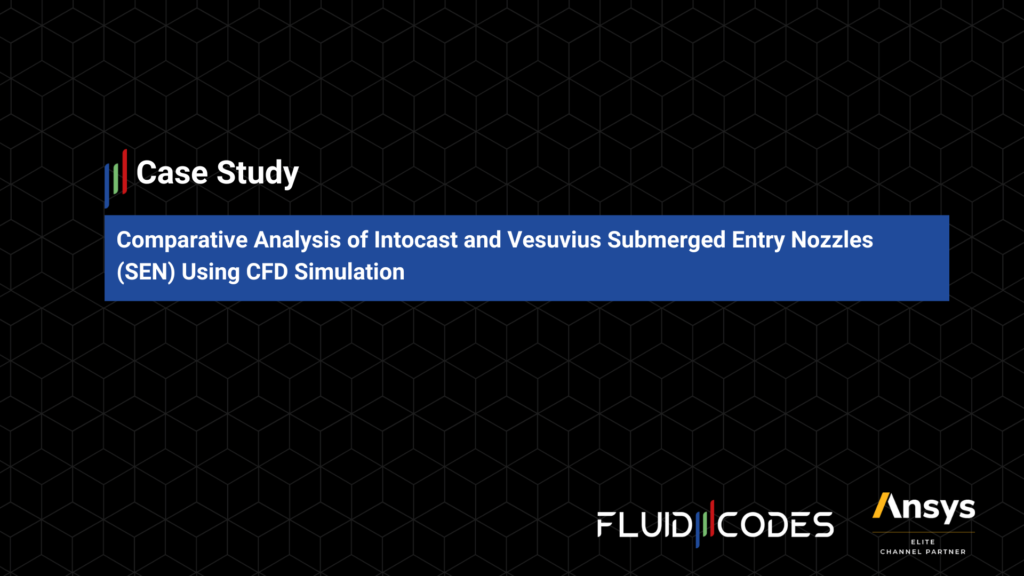
Read this case study to learn the challenges and subsequent CFD solution for submerged entry nozzle (SEN) analysis.
Mission Design and Analysis Tool Development
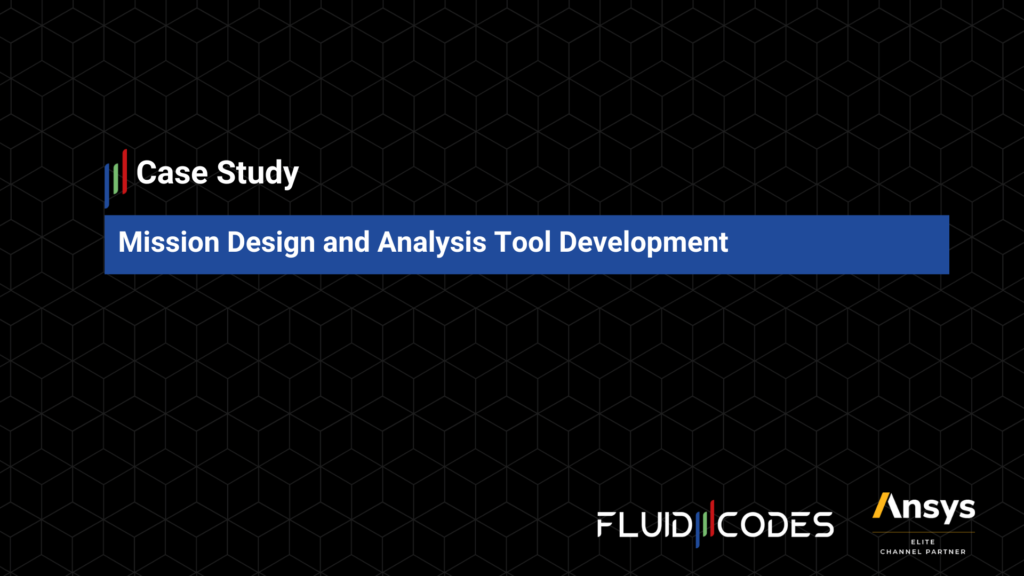
Read this case study to learn how MBRSC used STK and ODTK to delve into space mission design and analysis tool development.
Integrating And Testing Antenna-RF Chain Using Ansys HFSS | Case Study

This case study explores how SAAB used Ansys HFSS for integrating and testing Antenna-RF chain.
CFD Analysis Of Ashghal Tunnel | Case Study
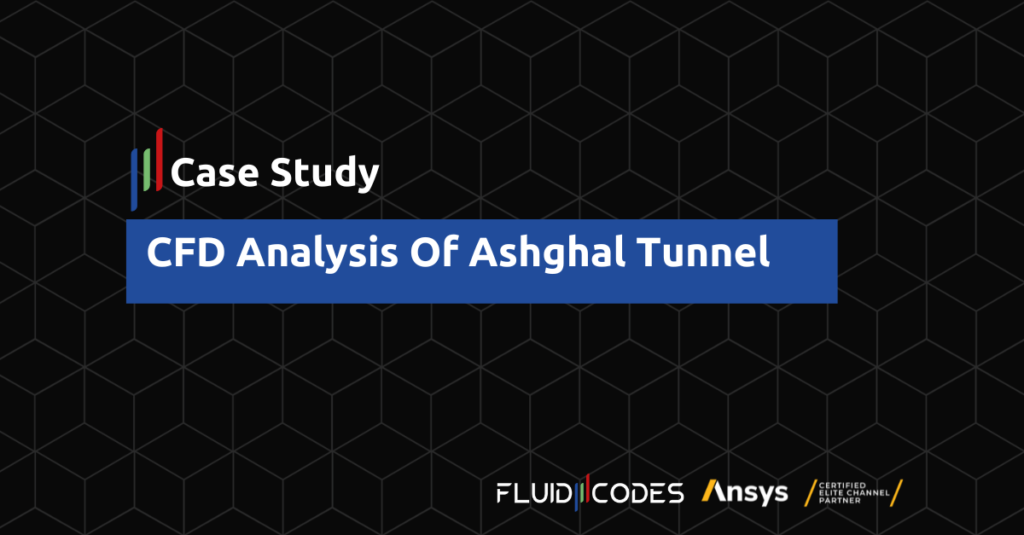
Fluid Codes carried out the study of a truck fire and smoke dispersion, in a total of three road tunnels located in Doha, Qatar. The design of a ventilation system for tunnels (Induction fans) which should inject fresh air along the tunnel with a certain velocity (critical velocity) is an important task for effective management of fire events.
FEA For Lifting Of Top Portion OF Sphere For Erections | Case Study

In this case study, Fluid Codes team supported ENOC with the project “Lifting of Top Portion OF Sphere for Erections”. Discover challenges and engineering solution.
Reactor Tank With Agitator | Case Study
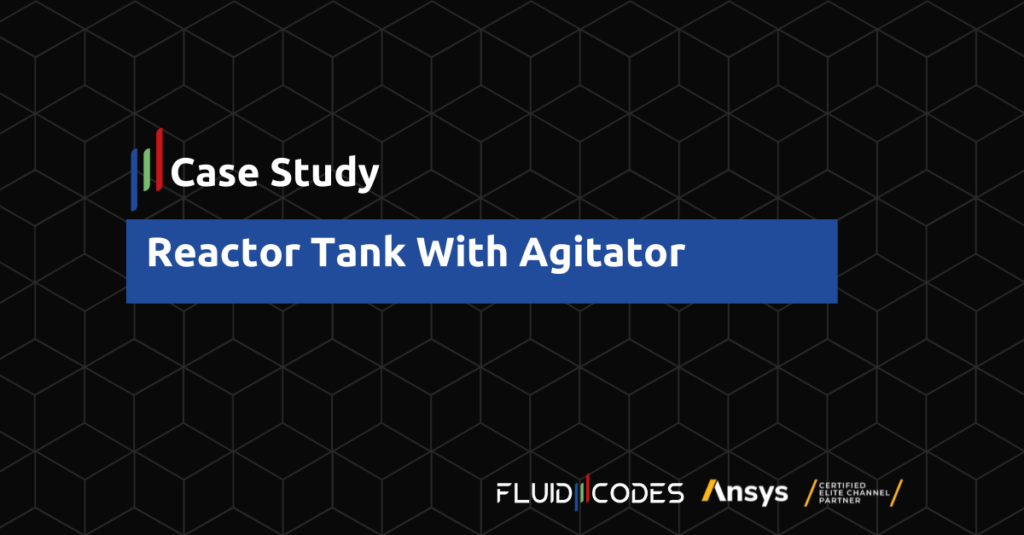
A CFD analysis was carried out for a reactor tank with agitator by Fluid Codes team . FEA analysis was also performed for the shaft and agitator in order to predict the failure of agitator blades. Fluid-structure interaction was the key point for this analysis, by mapping the pressure loads from CFD as loads (inputs) for the FEA Analysis.
Misdistribution Header System | Case Study
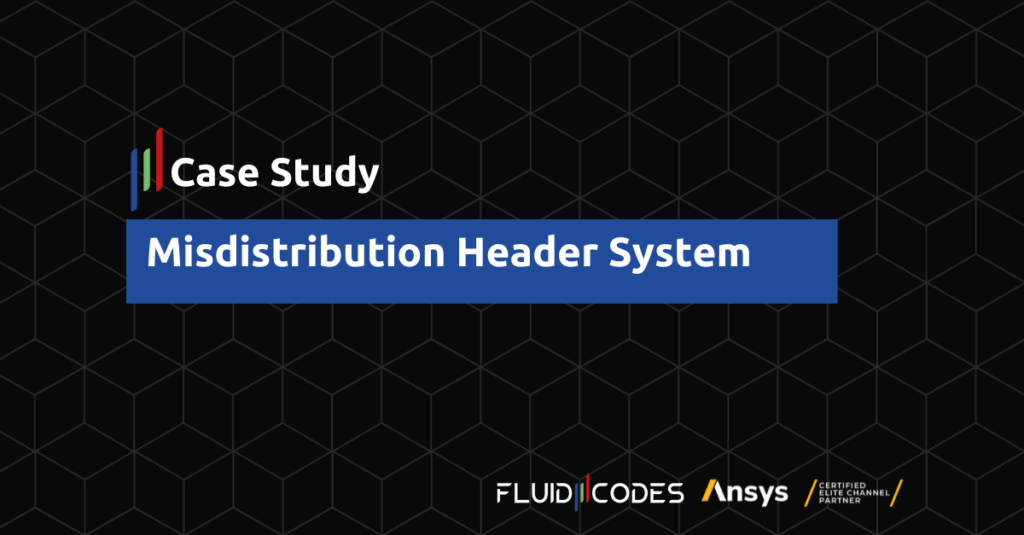
Part of the piping system was developed by Petrofac, feeding two separators. The objective of this case study was to find out more about the fluid distribution conditions through the piping system and to predict the multiphase fluid flow rates passing to each separator under different operating conditions. Read this case study to find out engineering solution done by Fluid Codes team.
CFD Analysis For Smoke Extraction System Of The MERAAS Outlet Village Mall | Case Study
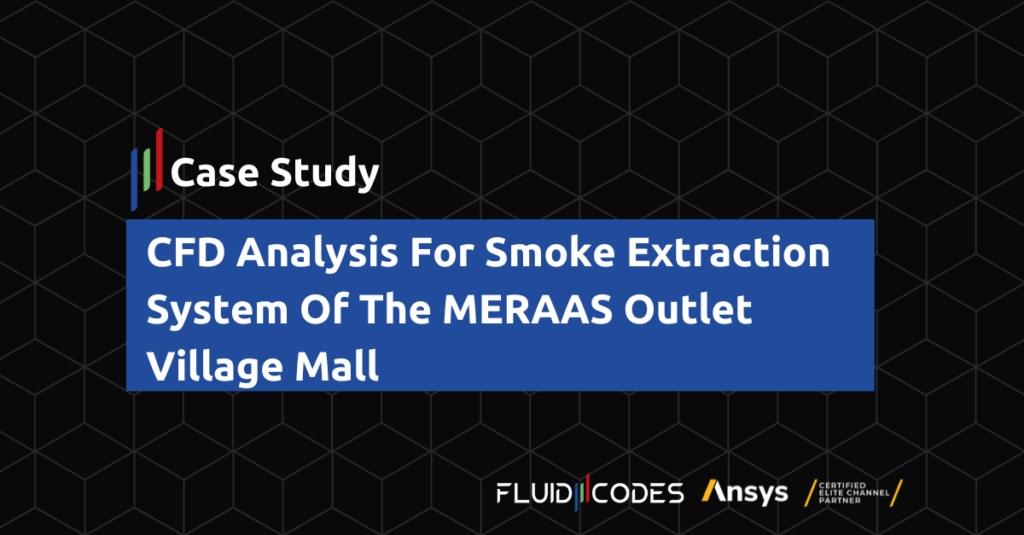
Fluid Codes was engaged in to carry out a CFD study for smoke extraction in the Meraas Outlet Village Mall, which was in the final construction stage. The simulation was carried out to validate the performance of smoke extraction system within the mall, for two different fire scenarios at different instances.
Smoke & Ventilation Analysis Dubai Airport Terminal 3 | Case Study

Dar Al-Handasah, an internationally recognized engineering firm, was involved in the design and construction of Terminal 3 concourse at Dubai International Airport. As part of the project, ANSYS CFD was used to design the ventilation system and validate the safety and thermal comfort within the concourse.
Effect Of The Air Quality Due To Car Park Shaft Exit | Case Study
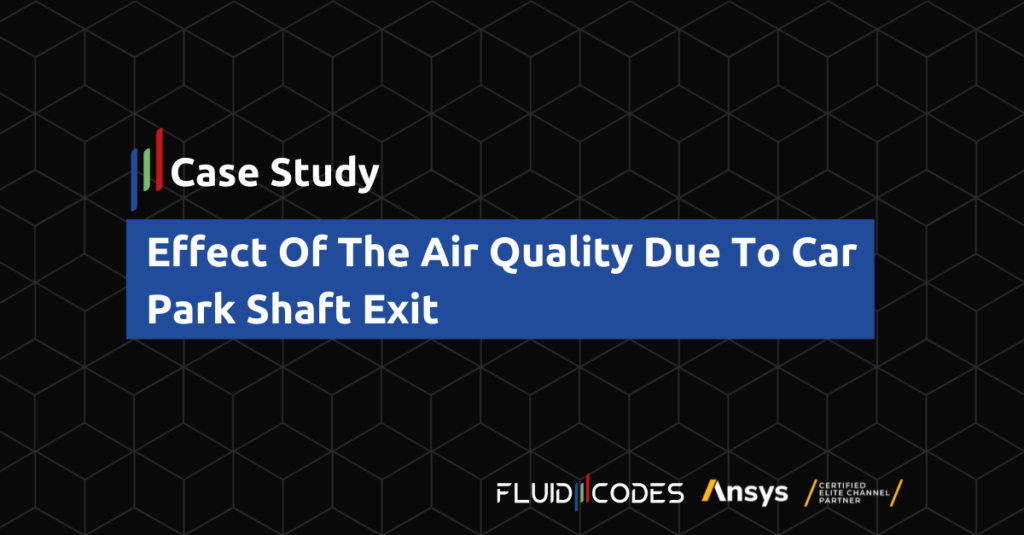
CFD is now a commonly used tool for assessing atmospheric dispersion of pollutants from stacks. Fluid Codes was engaged to study the dispersion of CO released from a car park exhaust system onto a newly proposed building to be positioned directly adjacent. The client was concerned about that the new building, which was in a planning stage, could potentially be immersed in high concentrations of CO.
